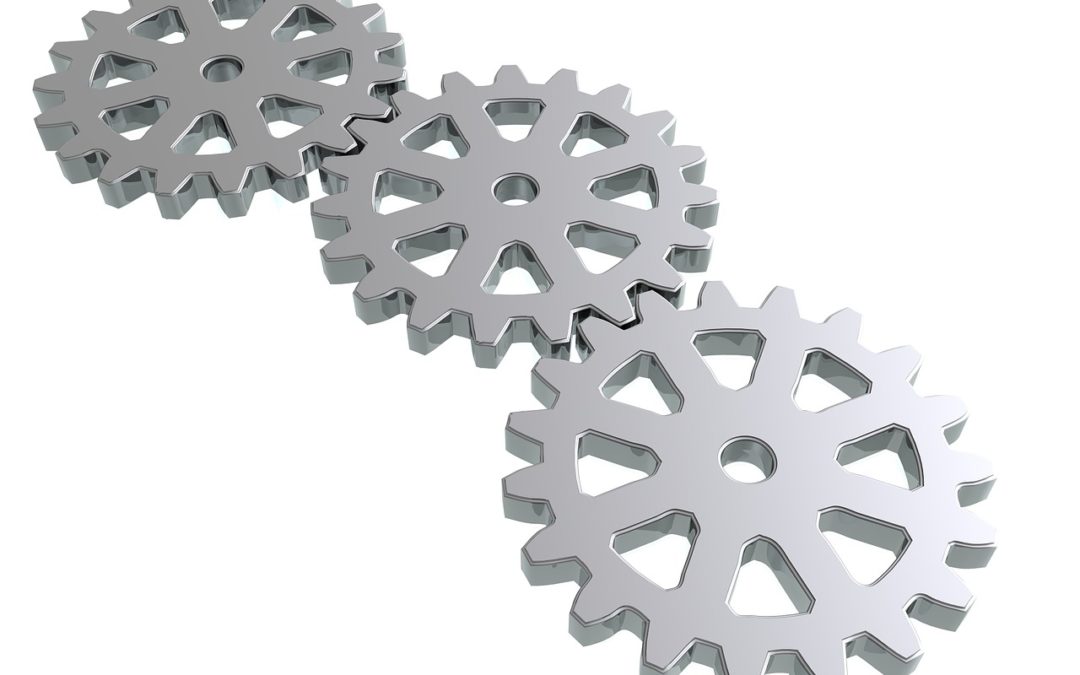(Updated 12/9/15)
Just as mobile devices and applications have become ubiquitous, cloud connected sensors, industrial devices, machinery and equipment are also being developed at a rapid rate. The most progressive and traditional industries are being transformed as cloud connected technologies increase the mobility of information.
Soon every enterprise will be a digital enterprise. Workers are already using mobile devices to access information, communicate and collaborate. Industrial Internet of Things (IIoT) solutions will enable them to access data that was once difficult to measure in order to make better informed business decisions. Whether a business serves consumers or other businesses, IIoT can help evolve its business model so that customers are more fully engaged, productivity is increased and internal processes are simplified.
At this point, most IT leaders are aware of the Internet of Things as the next big opportunity for the enterprise. Only a small segment, however, have a deep enough understanding of IIoT to assess how it can be meaningfully applied to their business.
That’s why we’re launching a blog series focused on how IIoT can be defined and implemented to drive significant business value. After interviewing several technical experts and conducting extensive research, we’ve identified 9 essential factors to address before building an IIoT solution:
- Basic requirements: How will your business objectives translate into the basic requirements of your IIoT solution?
- Devices: Are you selecting devices that are convenient to your users? How will you secure the data your IIoT solution generates?
- Connection: Should your solution connect to other systems? How can systems integration enhance the value of your IIoT solution?
- Administration: IIoT solutions require special administrative set ups and user dashboards depending on whether they are built for customers or employees
- User interface: What standards does your UI need to meet in order to satisfy your users expectations?
- Data storage: How will data be stored and managed? How will you secure the data your IIoT solution collects? Can you increase the value of the data your IIoT solution collects?
- Monitoring alerts: What role can alerts and notifications play to ensure high user adoption? How should alerts and notifications be used to manage critical thresholds and ensure higher user adoption.
- Analytics: How will the solution’s analytics dashboard help users make sense of this new influx of data?
- Future: How will your solution evolve and adapt with your business?
We’ve also created a rubric that outlines in checklist format the many subtopics that fall under each of the essential factors addressed in this blog series.


